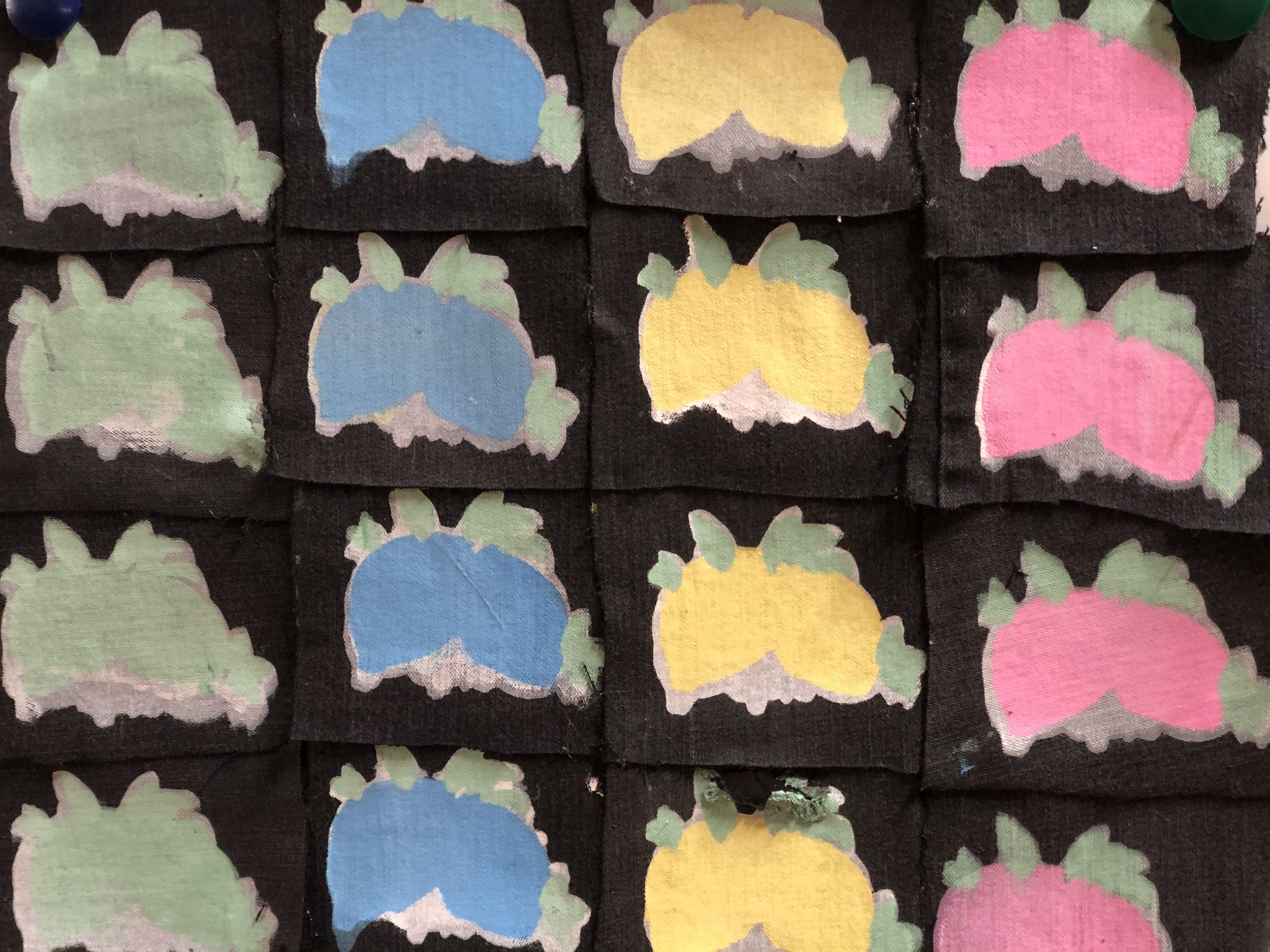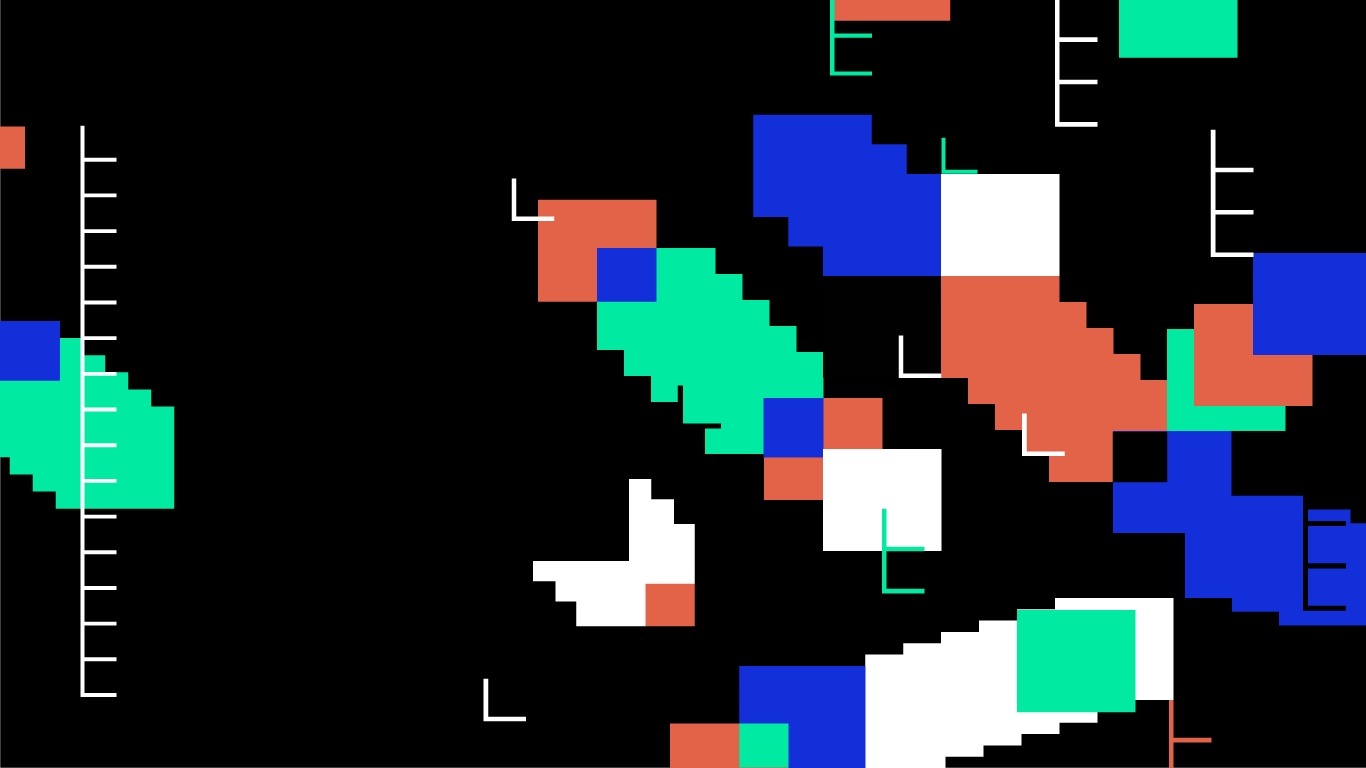Zoe Guderyon
Zoe Guderyon is an artist who has lived in the United States and South Korea. Her work focuses on expressing peoples’ dependency on disposable products through screen prints and paintings. Her work intends to inspire individuals to consider their own relationship with consumption.











About the Exhibition
The concept I chose for the final IB Art Exhibition is the complex relationships between society, single-use objects, mass consumption and repurposing. This theme of relationships is represented through the two main recurring symbols in my work; the can and the lemon. The crushed can represents the relationship between society and mass consumption. The lemon however, is a symbol for repurposing and new beginnings. I want my work to allow the audience to consider their own relationships with consumption and repurposing, which is why I have split them into two stages. While the first half of my exhibition focuses on the production side of consumption, the second half looks at the idea of recycling and repurposing the everyday objects which are commonly disposed of. Everything in my exhibition, from the mediums used to create each piece to the display order, were planned with the intent to further explore this theme.
My interest in this theme came from a thought one day about drinking and throwing away a soda can like anyone would. This object was what first made me consider the relationship that people have with the material world. Every day, people use and dispose of single-use products worldwide. This is an action that has become so regular, no one ever stops to consider what happens afterward. Thus, I became interested in exploring my own relationship with consumption and hope to inspire my audience to do so as well.
My work was heavily influenced by the style of Andy Warhol, who used screen printing to portray aspects of pop culture during the 1900s. As I was considering what mediums and skills to build on for the exhibition, I realized there are many parallels between printing and the idea of mass consumption. Printing is a medium that allows the artist to mass produce prints which is similar to the way manufactured goods are created in factories. Moreover, while the soda represents human’s relationship with the material world, the medium itself shares similarities to the production methods of these products.
In addition to printing, much of my art is made up of different types of media. For example, a few of my works incorporate string that blend together with the series of prints. This string is present in many of my pieces and is a recurring symbol that represents society’s dependence on single-use products. In addition, several pieces are made up of a series of layers which suggest the connotation of a product being mass produced and consumed. These two elements were heavily taken into consideration during the planning processes of the exhibition. Moreover, they serve the purpose to add a layer of understanding of our relationship with consumption.
During my planning for the exhibition, I decided on a specific layout for each piece so that my message would be comprehensible. This is because I consider the body of work to be split into two separate stages that need to be viewed separately and in order. I want my audience to understand my interpretation of this cycle that objects go through, from production, to disposal, and eventually, repurposing. The first stage is represented in the pieces Abundance and What We Leave Behind specifically. While Abundance focuses on the production of single-use products, What We Leave Behind portrays the eventual disposal and waste aftermath of people's consumer behavior.
The second half of my exhibition further examines the concept of reinvention and beauty after single use products are disposed of. When considering how to portray this concept, I settled on printing my selected images on recycled material. My interpretation of the lemon is one that resembles reinvention and innovation which is why I chose to include it in some of my main pieces. For the piece titled Circular, each print was placed on used fabric with the intent of explaining how the products we throw out can be repurposed to create something beautiful. Another one of my pieces titled The Can brings in the actual physical object that inspired many of my pieces during the first semester. Moreover, I hope that viewing each piece in this order will allow the audience to be able to relate to, explore, and reconsider their own consumption habits.






















